- +351 966 567 882
Roof and facade waterproofing
What is waterproofing ?
Waterproofing refers to the process of making a surface or structure resistant to the passage of water or other liquids. It is a common practice in building construction and maintenance to protect against leaks, moisture and water damage.
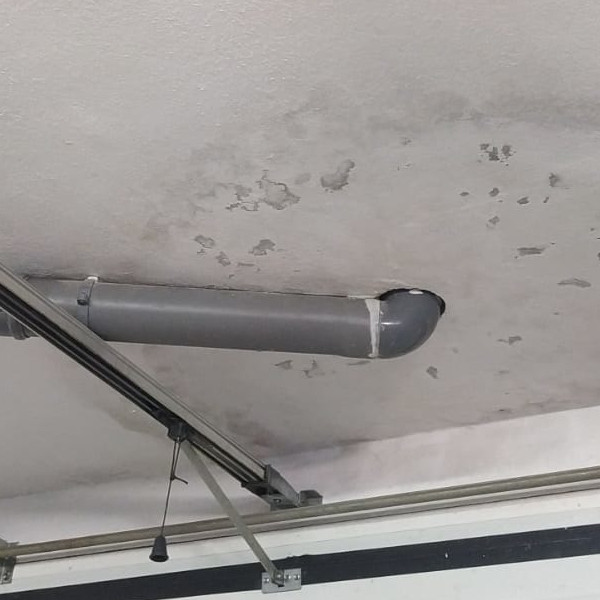

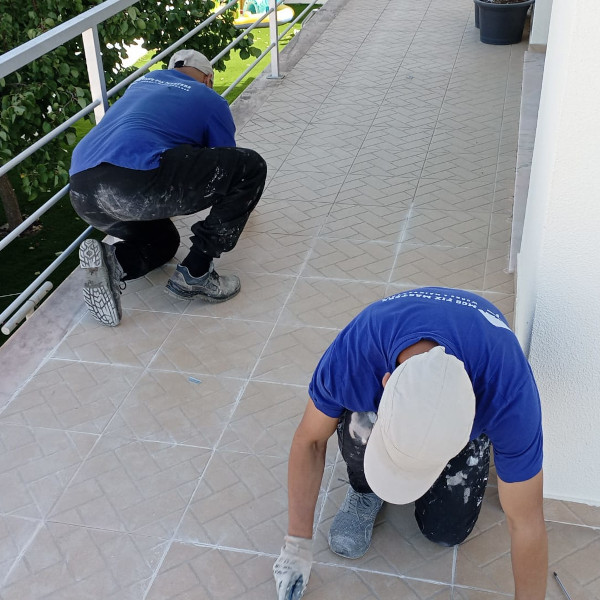
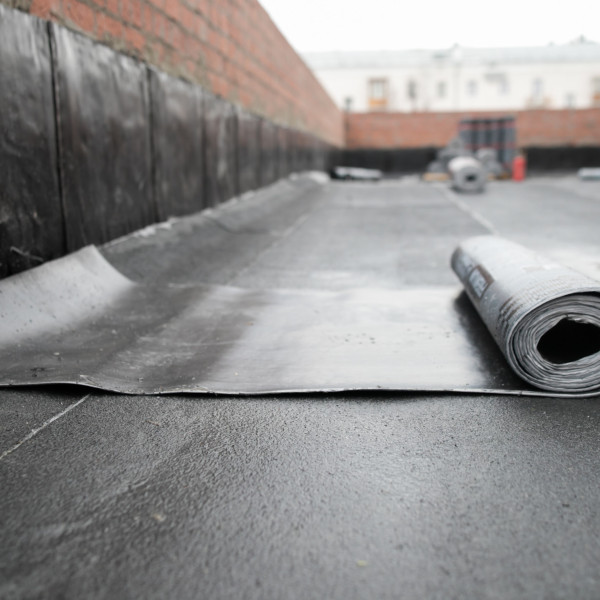
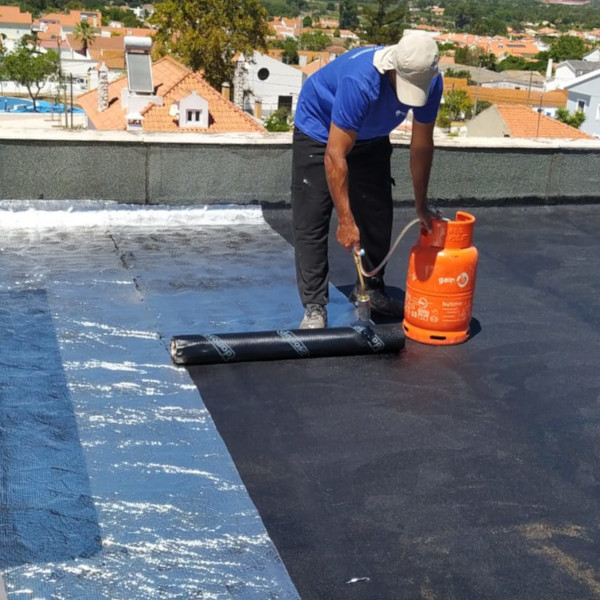
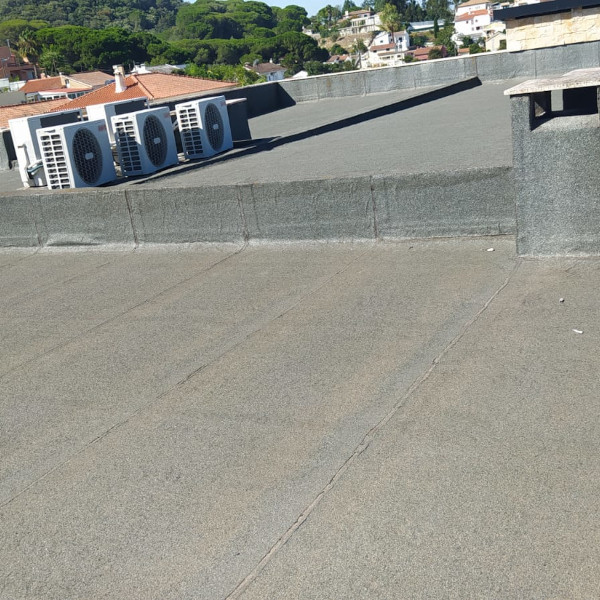
Infiltration on facades and roofs
Roofing leaks are common problems that can occur due to several factors, such as waterproofing failures, wear and tear over time, damage caused by extreme weather events, or inadequate installation.
Here are some approaches to dealing with roof leaks:
Regular Inspection: Carry out regular inspections of the roof to identify any signs of damage, wear or failures in the waterproofing. This may include cracks, bubbles, areas of stagnant water, or spots where the seal appears compromised.
Localized Repair: If you identify specific problem areas, such as cracks or holes, carry out immediate repairs. This may involve filling cracks with appropriate sealants or replacing damaged parts.
Replacement of Damaged Materials: If roofing materials are damaged and cannot be repaired effectively, they may need to be replaced. This includes replacing compromised waterproof membranes, shingles, or other components.
Improvement in Drainage: Inadequate drainage problems can contribute to infiltrations. Make sure drainage systems, such as gutters and storm drains, are clean and working properly. Also consider installing additional systems if necessary.
Additional Waterproofing: If the existing waterproofing is compromised, consider applying additional layers of waterproofing. This can be done using liquid membranes, asphalt blankets, or other suitable materials.
Consult Professionals: If infiltrations persist or if the problem is extensive, it is advisable to consult professionals specialized in waterproofing and roofing. Civil engineers, architects and specialist companies can provide accurate assessments and personalized solutions.
Preventive Maintenance: In addition to reactive repairs, implement preventive maintenance practices. This includes carrying out regular inspections, cleaning gutters and downspouts, and promptly repairing any problems identified.
Remember that regular prevention and maintenance are essential to prevent infiltration and extend the useful life of the roof. The specific approach will depend on the conditions of the roof, the type of material used and the severity of the infiltrations.
In more complex situations, it is always recommended to seek guidance from specialized professionals.
How to waterproof roofs and facades
There are several techniques and materials used for waterproofing, depending on the specific application and environmental conditions.
Materials used for waterproofing
Below are some common waterproofing methods:
Asphalt Blankets: These are sheets of modified asphalt that are hot applied to surfaces to create an impermeable barrier. They are often used in slabs and foundations.
PVC or TPO blankets: Plastic materials that can be applied as waterproof membranes. They are lightweight and durable, often used on roofs.
Polymeric Cement: A mixture of cement, sand and polymers, applied as a coating to create an impermeable layer. It is commonly used in swimming pools, reservoirs and underground areas.
Resin Injection: Used to seal leaks in concrete structures. Injectable resins are pumped into the cracks, solidifying and blocking the passage of water.
Liquid Membranes: Liquid coatings applied directly to the surface to form an impermeable barrier. They can be based on polyurethane, acrylic, epoxy, among others.
Geomembranes: Impermeable sheets of high-density polyethylene, PVC or other materials, used in applications such as lining dams, artificial lakes and landfills.
Expansion Joints and Sealants: Used to seal joints and cracks in structures, preventing water entry.
Drainage: In some cases, waterproofing can be complemented by drainage systems to prevent water from accumulating in certain areas.
It is important to choose the appropriate waterproofing method and material for the specific application, considering factors such as the type of structure, local climatic conditions and the desired durability. The correct application of waterproofing plays a crucial role in the preservation and durability of structures.


